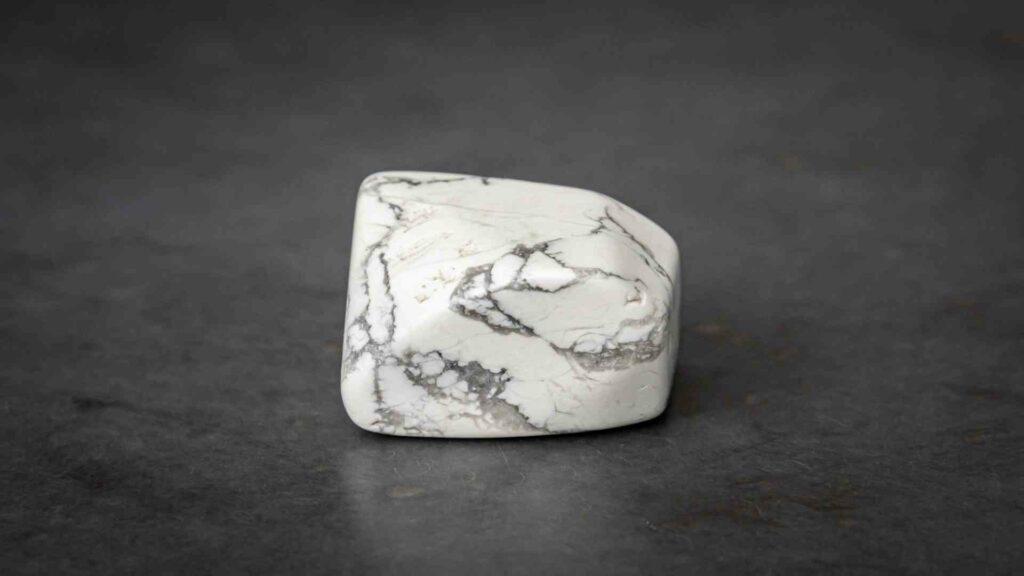Boron in Drinking Water
Today, we’re going to look at the presence of boron in water and drinking water. Boron is traceable in seawater and tap water, and also in plentiful supply in the atmosphere. So what do we need to know about the positive and harmful effects of boron in our water?
First off, how does boron react with water? Well, boron does not react with water in normal circumstances. The boron trifluoride ethyl complex, for example, interacts with water to form diethyl ether (BF3), which produces highly volatile gases. Water hydrolyzes several boron compounds, including boron triiodide.
Boron salts are generally water-soluble. Boric acid has 57 grams per liter water solubility. Borax 25.2 grams per liter water solubility. And boron trioxide has 22 grams per liter water solubility. With a water solubility of 2.4 grams per liter, boron trifluoride is the least water-soluble boron compound. Some boron compounds, such as boron nitride, are completely insoluble in water.
So how did boron get into our water? Boron comes through both natural and manmade sources. It enters the environment by weathering boron-containing rocks and soils, volcanoes seawater spray, and geothermal ducts, fossil fuel combustion, biomass burning, pesticide application, farming methods such as irrigation, and wastewater from sewage treatment plants and industrial manufacturing and other human activities, for example, incineration, are all manmade sources of boron.
The boron level in seawater is around four to five PPM, parts-per-million river water at about 10 PPM, seaweed eight, 15 PPM, and mussels at four to five PPM. Detergents and fertilizers account for most manmade boron that enters drinking water sources. However, manmade boron inputs to natural environments are thought to be less than natural boron inputs.
Out of 200 minerals containing boron, the most common are kernite, borax colemanite, and ulexite. These account for more than 90% of all borates used in industry globally. Boron concentrations in airtight soil range from five to 80 PPM. There are also boron-rich places like fumaroles that contain boric acid, borates, and boron minerals.
Borates and boric acids are used to produce glass, soaps, detergents, flame retardants, and nuclear reactor nutrient absorbers. In medicine, boric acid and borates are used in small doses. Boron’s neutral absorbing properties are used to treat brain tumors.
In detergents, sodium perborate is used as a bleach. This results in the formation of borate, which is harmful to aquatic plants, and borates are often used as softeners in water. So there are many routes and channels where borates finds its way into our water supplies.
According to Health Canada, the maximum permissible boron of drinking water is around five milligrams per liter. At the same time, the World Health Organization recommends a boron level of 2.4 milligrams per liter in drinking water.
How would I know if boron is in my drinking water? The federal government does not regulate born in drinking water in the US, and public drinking water systems are not required to be tested for this contaminant. Boron regulations or recommendations are in several states in California, Florida, Maine, Minnesota, New Hampshire, and Wisconsin. And these range from 0.6 to one milligram per liter.
If you want to know if monitoring is necessary in your local area, it’s best to contact your drinking water utility or the state drinking water program. If the state doesn’t have a monitoring requirement, you could also get your water tested by a certified laboratory to analyze similar compounds.
You may also wonder if there are other boron sources you could be exposed to in the water. Well, seawater releases around 800,000 to 4 million metric tons of boron into the atmosphere, and industries that use boron and boron-containing products release about 180 to 650,000 metric tons of boron into the environment. Boron concentrations in the air have been observed in some places to range 80 nanograms per cubic meter.
Boron is also a mineral found in soil and absorbed by plants. Fruits legumes, nuts, vegetables, and grains naturally contain it. So it is in our food supply. In the United States, boron intake ranges from 0.85 milligrams to 1.47 milligrams per day from children to adult. Some people’s dietary intake may be as high as five to six milligrams per day.
Well, what are the risks, then, of high boron levels in drinking water? When boron levels in drinking water exceed the one-day and ten-day health advisory of three milligrams per liter, and the longer-term health advisory of two milligrams per liter for children, there is an increased risk of negatively affecting vital organs.
The risk of possible effects on pregnant women’s fetuses grows as the level of border drinking water exceeds for longer-term health advisory and lifetime health advisory for adults, which is five milligrams per liter.
There’s no data available to determine whether pregnant women are more susceptible than non-pregnant women. Water with boron levels above the health authorities should not be used to prepare infant and child meals to be on the safe side.
The effects of boron and water on the environment are varied. Boron is a nutrient required by various species, and it does play a vital part in healthy plant growth. Boron levels in plants range from 30 to 75 parts per million. At quantities greater than a hundred parts per million, toxic mechanism takes place, and this may result in reduction in agricultural output.
Grass plants may handle high levels of boron, whereas pine species are particularly vulnerable. On the other hand, trees require a lot of boron compared to other plant species. In soils, a tolerable, boron concentration is around 25 parts per million.
Some high boron concentrations in seawater and river water may be harmful to some fish species in the range of 10 to 300 milligrams per liter. Borate is particularly harmful to aquatic plants. Boric acid is water-soluble to an extent, while boron halogens are highly water-soluble. Boron transforms slowly. As a result, it has the potential to spread quickly through the water.
Finally, what are the effects of boron in water on human health? The human body contains about 0.7 parts per million of boron, which is not considered a nutritional requirement.
For those who are worried about boron in drinking water, there are some techniques to remove boron from the water. Boron levels can be reduced to less than 0.3 milligrams per liter using a number of techniques, including ion exchange resin, strong base anion exchange residence, and reverse osmosis. These are available as home treatment systems. It is advisable to check with manufacturers to see if it can remove boron from your particular water source.
And that concludes our look at boron in water, in drinking water, and in seawater and river waters. For more information on boron, please refer to the Borates Today website, that’s Borates.Today. Thanks for listening!





